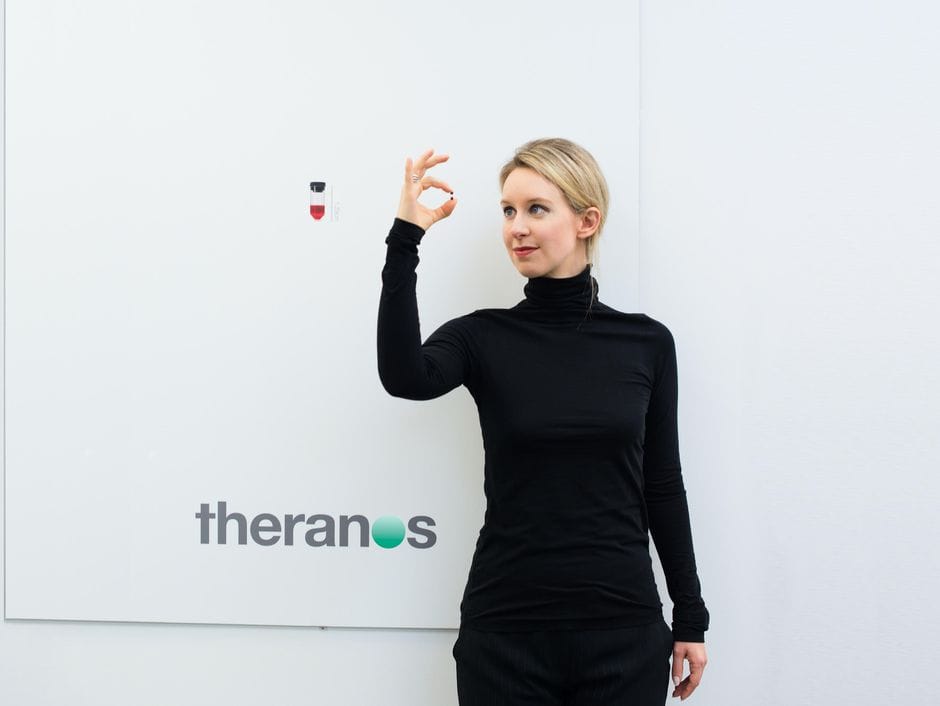In times of high inflation, the rising cost of living is not the only factor that affects people. Financing, which is crucial for raising SMEs or assets, also becomes an uphill struggle. This happens because the risk assessment, essential to obtain mortgage loans, consumer loans, or loans for personal projects, tends to become stricter in times like these.
Just look at the data. In Chile, according to the Association of Banks and Financial Institutions (ABIF), in June, the flow of credit activity in banks and financial institutions fell by -4% compared to the previous month. At the same time, consumer loans recorded a -13% drop, registering lower numbers than in the months before the pandemic. In Mexico, according to the August “Informative Synthesis” of the Association of Banks of Mexico, analysts agree that the increase in benchmark interest rates is beginning to put pressure on new, variable, and revolving loans, such as credit cards. And in Colombia, according to the “Quarterly Survey on the Credit Situation in Colombia” of June 2022, conducted by Banco de la República, the proportion of banks that increased their requirements in the allocation of new loans increased significantly in all portfolios except housing, which remained unchanged.
This shows a change in credit prospects: a slow stabilization in demand, especially for consumer loans, while at the same time, there is a lower supply and higher requirements for granting new loans.
So, what should I do if I still plan to finance a personal project in Latin America despite the crisis?
To answer that, a little more context is needed. Traditionally, in the region, there is a financial evaluation model that focuses on information that is usually considered “negative” when assessing risks. That is, concentrating on the consumer’s debts and specific income (measured by their income declared in their pension contributions). However, open finance, the digital sharing of personal financial information with third parties, has made it possible to obtain a much more complete picture of clients or consumers.
With open finance, it is possible to access the bank accounts of a potential credit applicant (with prior authorization and consent) to add helpful information when evaluating them. We call this information “positive” since it allows, among other things, to measure a person’s saving capacity and extra income (assets) and to have a deeper classification of their expenses. With all this, the result is that this person will weight a lower risk.
More restrictive credits, in theory, imply higher interest rates for fewer years and with higher barriers. Therefore, the best scenario for the client or the entrepreneur is to reach those institutions where the best possible credit can be obtained thanks to this positive information. So, what to do? Go to those banks or financial institutions with these open finance tools.
Another recommendation is to seek support from fintech companies, which offer everything from financial products such as current and prepaid accounts to automotive, consumer, and SME financing loans.
One virtue of technology companies is that working with data is at their core. That is why many of them are already embracing open finance, changing the risk assessment paradigm from negative to positive information.






